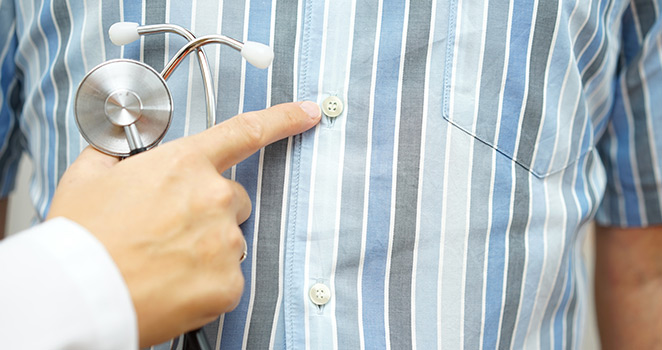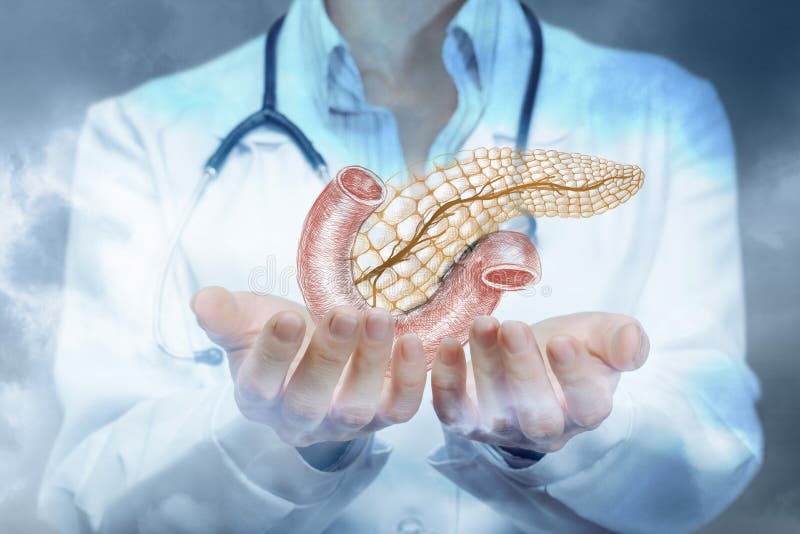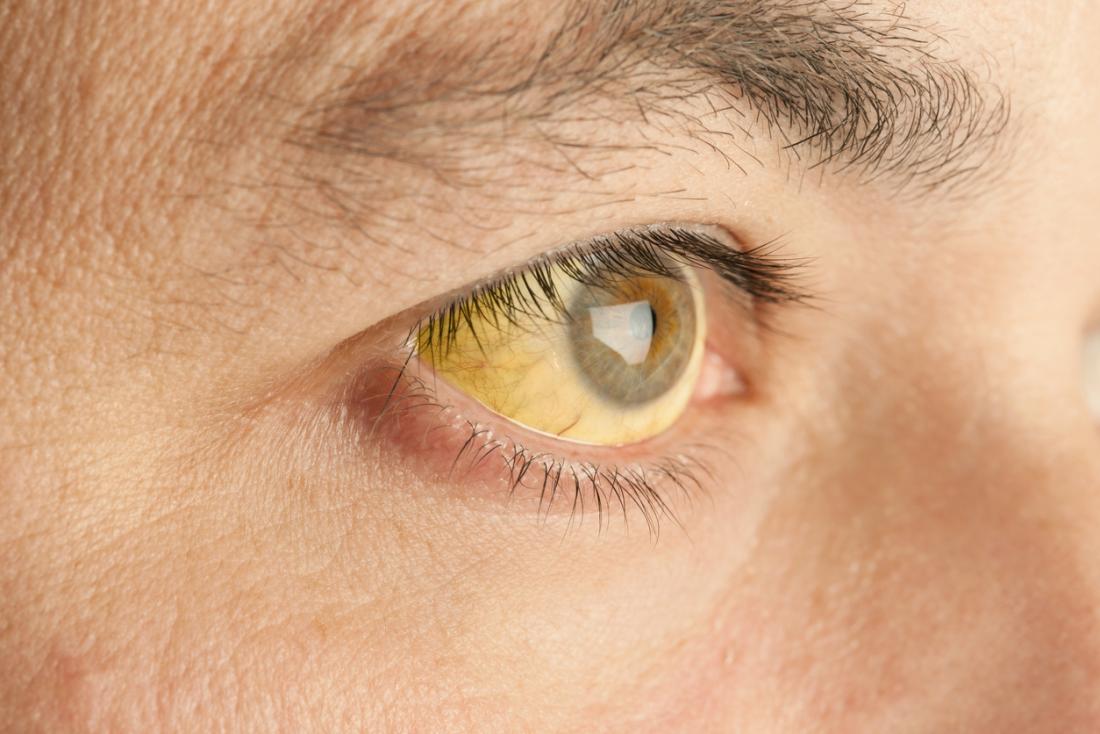
For proper digestion, a healthy pancreas and biliary tract are required. Because pancreatic and biliary system issues can cause serious symptoms, it’s vital to have an appropriate diagnosis and treatment as soon as possible.
The pancreas is a solid organ that sits just below the stomach. It contains two cells that play critical functions in how you digest food and regulate your body’s metabolism. Enzymes are produced by one type of cell to break down proteins, lipids, and carbs so that you can acquire nutrition from your food. The other produces hormones, primarily insulin, that regulate how sugar is stored and used in your body.
The biliary tract is made up of organs and ducts that produce, store, and convey bile, a viscous fluid that aids digestion by breaking down and absorbing lipids and removing waste into the small intestine. The gallbladder absorbs and stores bile produced by the liver, and then releases it during a meal to aid digestion.
The liver, pancreas, gallbladder, and/or bile ducts are all affected by pancreatic and biliary disorders. These disorders are frequently linked to long-term organ or surrounding tissue damage. These issues are sometimes genetically predetermined. These organs can create significant symptoms when they’re in difficulty, but they can also cause problems quietly.
Symptoms Of The Pancreas And Biliary System Include, But Are Not Limited to:
- Swelling in the abdomen
- Urine with a dark colour
- Diarrhoea, particularly in the presence of fat droplets in the stools
- Belching, hiccups, and gas
- Itchy skin
- Jaundice
- Appetite loss or unexplained weight loss
- Nausea
- Pain in the upper abdomen that frequently spreads to the mid-back
- Stool that is pale or bloody
- Vomiting
The Most Common Causes Of Pancreatic And Bile Duct Disease are:
- Gallstones, which are the most common cause
- Inflammation of the bile ducts
- Trauma
- A biliary stricture, which is an abnormal narrowing of the duct
- Cysts
- Parasites
- Enlarged lymph nodes
- Pancreatitis
- An injury related to gallbladder or liver surgery
- Tumours that have reached the liver, gallbladder, pancreas, or bile ducts
- Infections, including hepatitis
- Cirrhosis, or scarring of the liver
- Severe liver damage

A Gastroenterologist would usually begin a diagnosis by asking you questions about your medical history and performing a physical examination. In order to assess if you’re at increased risk for a specific disorder, your doctor will ask you questions about your personal and family history. Advanced diagnostic tools are more accurate and less invasive than ever before, and frequently include the following:
- Blood tests to check pancreatic enzyme levels and liver function.
- CT scan of soft tissues or enlarged bile ducts to reveal inflammation and any scarring.
- Endoscopic retrograde cholangiopancreatography (ERCP) is a procedure that looks into the hollow channels of the biliary tract and pancreas to see if there are any stones or blockages. In this procedure, the patient’s mouth and throat are encased in the scope. It is then inserted into the patient’s oesophagus, stomach, and the first part of the intestines (duodenum). The provider can look inside these organs to see if there are any issues. The scope is then passed through using a tube. The tube is inserted into the duct that leads to the duodenum and empties the gallbladder and pancreas. To better see certain organs on an X-ray, a dye is injected.
- Inflammation in the pancreas, belly, or pelvis can be seen using magnetic resonance imaging (MRI).
- If your doctor suspects gallstones or gallbladder inflammation, an ultrasound will be used to examine your gallbladder.
- Upper endoscopy is a procedure that allows doctors to examine the inside of the stomach and gastrointestinal tract.
Treatment For Bilio-Pancreatic Disorders
The primary purpose of medical or surgical treatment in the hospital is to relieve the obstruction, and it is targeted at treating the underlying cause. A cholecystectomy and an ERCP are two therapy options for a biliary blockage. An ERCP may be enough to remove tiny stones from the common bile duct or to put a stent inside the duct to restore bile flow if the patient has been diagnosed with gallstones. This procedure is frequently employed when a tumour is the source of blockage. Gallstones can also be treated with a cholecystectomy, which involves the removal of the gallbladder. Other treatments include tumour excision or treatment, as well as parasite-eradication medication by the Gastro Surgeons.






